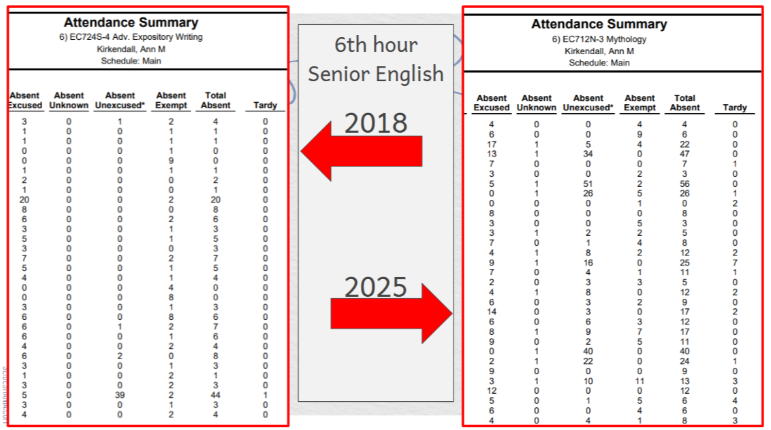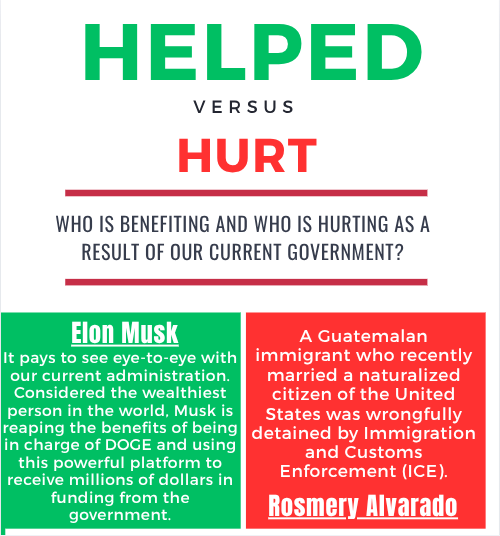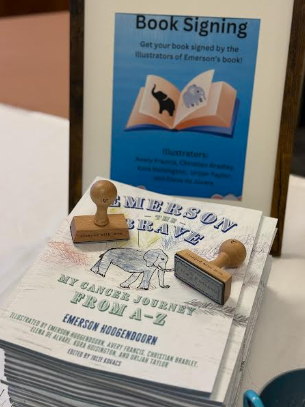On August 16, 26-year-old Spencer Gugino experienced a life-changing event. While riding in a City Glass and Mirror work van on the way to a job, he sneezed twice, hard. His sneezes are always massive, so out of self consciousness, he holds them in. This time, it was both a mistake and a huge blessing.
Gugino was a smoker. He smoked his first cigarette at the age of 14. A few years later, he started to smoke daily. Eventually, he was smoking two packs a day. Already at the age of 26, he had weakened lungs, and when he sneezed, he never knew if something unexpected would come flying out. So, he suppressed all of his sneezes. On that fateful day, he sneezed and literally blew a hole in his right lung.
“It took ten minutes to get to the hospital. The pain started off pretty dull, like a pulled muscle. But as the lung continued to shrink and collapse in on itself, and when the two sides of the lung eventually came in contact with each other, the pain was excruciating.” By the time he got to the hospital, he thought he may be having a heart attack. “Once they knew it was my chest having problems, I had an EKG, but my heartbeat was fine. After that, they took an xray of my chest, and it showed my dead lung.”
“When you are growing, especially in tall skinny guys, there comes a point at which your lungs stop growing, but you do not. As a result, your lungs stretch out and there are little air bubbles that form in between the linings. Over time, they can get weaker, and with enough pressure, they will blow out,” Gugino said. Between the pressure of 26 years of suppressed sneezes and added weakness from twelve years of smoking, the chances of blowing a lung were high.
Luckily, the treatment was not that difficult. The doctors put a tube through his ribs and into his chest to extract the air that was released when his lung collapsed. After that, all that was needed was a little bit of reinflation. When a few days of resting and recuperating in the hospital had passed, he was set free. His only orders were to take it easy and abstain from running and heavy lifting for a while, with strong recommendations to stop smoking.
Before Gugino’s lung collapsed, he had officially tried to quit smoking about five times. The first time was when he was 19 years old. He started taking Chantix, a pill that blocks the receptors that pick up nicotine, so less dopamine is released when smoking. In turn, the smoker feels less of an urge to smoke. “It really worked. I remember I would light a cigarette and start to smoke, and then realize that feeling that you get just wasn’t there. Being the smart person I was, I decided that if I quit Chantix I could get that feeling back. So I did,” Gugino said sarcastically.
He tried again at age 21 at the urging of his parents, but this time with patches. The patches slowly released nicotine into his blood to satiate the cravings to smoke, but he eventually slipped back into his old habits. Again, at the urging of family, he tried once more at age 23, this time with Nicorette lozenges, but it failed as well.
Any attempt since then has been unsuccessful. “After a few days of not smoking, you decide that you should reward yourself for your hard work, so you say, I’ll just smoke one, and that’s it. But then one turns into two, then into five, then into ten, and then you find yourself right back where you started,” Gugino said.
In the hospital, Gugino went days without smoking. When he left, he tried again to stay away from cigarettes. “I tried to quit a little, but I didn’t put too much effort into it. After a while, I just slipped back into my normal routine and didn’t think twice about it.” However, on November 20, Gugino was in the back of another work van, he took a deep breath and held it in, and lifted up a 250 pound piece of glass. His lung blew out again.
“I sat down on the edge of the van and laid back. I could feel the same pain starting to form in my chest again, and my sister asked me if I was doing ok; I told her I didn’t know. After a few moments, we decided to just head to the hospital and get it checked out. When we got to the ER five minutes later, the pain was starting to grow,” Gugino said.
Because they already knew what it probably was, the diagnosis process was very short. Unfortunately, because this was the second time, a more intense treatment was needed. The plan this time was to cut a hole into his back to reach the lung, and rub the outside of the lung so it was raw and a little bit cut up. Then, the doctors were going to push the scored lung up against his ribs so that when it healed, the two would be stuck together. If it worked, his lung would not collapse in on itself again.
In the days following the procedure, Gugino rested in the hospital. Every hour, he had to get up and take a short walk to keep the muscles in his back from tightening up permanently while they healed. It hurt, but it meant for a whole lot less pain later. He also had to do breathing exercises for six hours out of the day. Ten times, he would breathe into an apparatus that measured how controlled his breathing was. His orders before he was released were to continue breathing exercises, to not lift anything greater than 20 pounds or play any sports, and to not fly on a plane until January 1.
During the hospital visits, Gugino also found out he had emphysema. Emphysema causes damage to the lungs by killing air sacs and cells, which makes it harder to breathe. It hardens parts of the lungs which stops them from doing their job. Usually, emphysema occurs at ages over forty. Because of Gugino’s history of smoking, it started far earlier. There is no known cure, but if Gugino stops smoking, it will not spread any more.
And that is exactly what he has done. “It seems that I start to learn right around the time that it is a matter of life or death,” Gugino said.
The cravings are still terrible, but he knows they will go away. Whenever he is around others while they smoke, he has to struggle the most to resist the temptation. “I can’t help but think about how good it smells, but I remind myself every time that eventually, the cravings will go away and that I absolutely cannot have one,” Gugino said.
After a little bit of rough mental math, Gugino was able to figure out how much he has spent on his smoking habit. “I have never thought about that, but let’s say on average I smoked two packs a day, and the average price for the 12 years I have been smoking is about six dollars, that comes out to… $52,560, maybe even $60,000 if I count all of the packs I bought for some of my friends.” At this, Gugino’s eyes grew wide surprise.
To wrap up, Gugino said, “There is nothing anyone can really say or do to make another stop smoking. Nothing anyone said convinced me to stop. Maybe, me telling another smoker I had emphysema even though I’m only 26 would make a difference, but in the end it is up to them.
Everyone quits smoking eventually, whether they make a conscious decision to or they smoke right up until it leads them to death. Gugino continued all the way until he could not if he wanted to survive, and he is extremely blessed that he will walk away with no major health problems.







